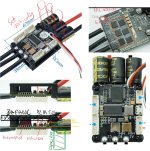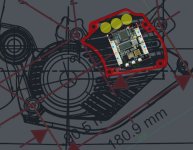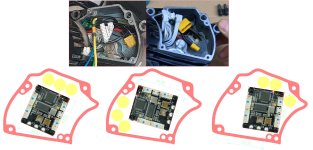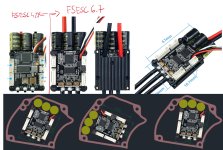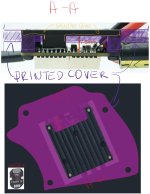Waynemarlow
10 kW
Not sure if there are any on here with spare motors, why not put a call out on
https://www.emtbforums.com/threads/bafang-m500-and-m600-motors.18717/
I know there are a few who have gone over to the M510 engine and have M500's as backups.
Good luck with the development, I suspect it maybe the only way we can update the M600.
https://www.emtbforums.com/threads/bafang-m500-and-m600-motors.18717/
I know there are a few who have gone over to the M510 engine and have M500's as backups.
Good luck with the development, I suspect it maybe the only way we can update the M600.














